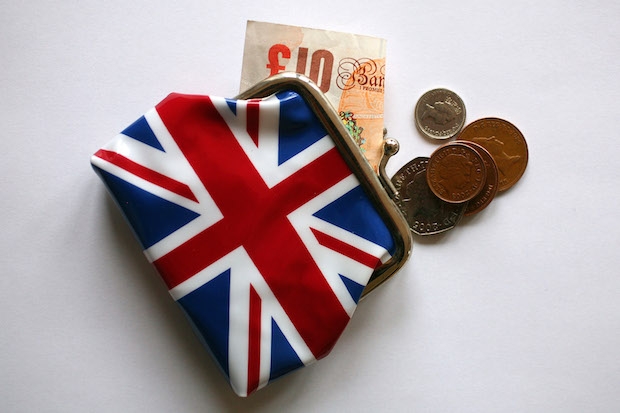Consider this: 1 per cent of adults own 14 per cent of the nation’s assets. That’s some 488,000 people in ownership of about £11 trillion. At the other end of the financial scale, 15 per cent – 7.3 million people – either own no assets at all, or are in debt. It’s safe to say this throws the UK’s wealth inequality into stark relief.
These new figures come courtesy of the Resolution Foundation thinktank which attributes them to a reversal of the spreading of property wealth across Britain in the mid-1990s and mid-2000s. Essentially, the fall in home ownership is fuelling the return of increasing wealth inequality across the country.
Conor D’Arcy, policy analyst at the Resolution Foundation, said: ‘The accumulation of wealth over the course of our lives is arguably the most important driver of lifetime living standards, and yet it has been largely ignored in the public debate. Given the hugely unequal distribution of wealth across Britain, it’s time we looked into how the nation’s wealth is divided up and what the consequences are for those who never build up assets of any significance.
‘While many people assume we live in a country of ever growing wealth inequality, in fact Britain witnessed a significant closing of the wealth gap between rich and poor in the decade or so before the crisis. This is largely due to rising home ownership which enabled many less wealthy families to gain a key asset and benefit from rising property prices.
‘However with wealth inequality now rising again, the progress of the pre-crisis period has gone into reverse. Falling levels of home ownership mean that having once been a great force in driving down inequality, shifts in who owns what property are now fuelling the wealth gap between rich and poor, while also creating sharp wealth divides between young and old too.’
According to the Resolution Foundation, the proportion of property wealth owned by the bottom four-fifths of adults grew from 35 per cent in 1995 to 40 per cent in 2005. But with home ownership steadily falling since its mid-2000s peak, the proportion of property wealth owned by the bottom four-fifths of the population has started to drop again.
Since the financial crisis, home ownership among the least wealthy half of the population has fallen by around 12 per cent, while it has continued to rise by 1 per cent for the wealthiest 10 per cent.
In addition, total wealth across Britain has been driven by rising pension wealth, in particular final salary pensions which have become more valuable as annuity markets have tumbled. Private pensions account for the largest share of Britain’s total wealth at 40 per cent of total wealth (or £4.5 trillion), followed by net property wealth (35 per cent or £3.9 trillion) and net financial wealth (14 per cent of £1.6 trillion).
Helen Nugent is Online Money Editor of The Spectator






Comments